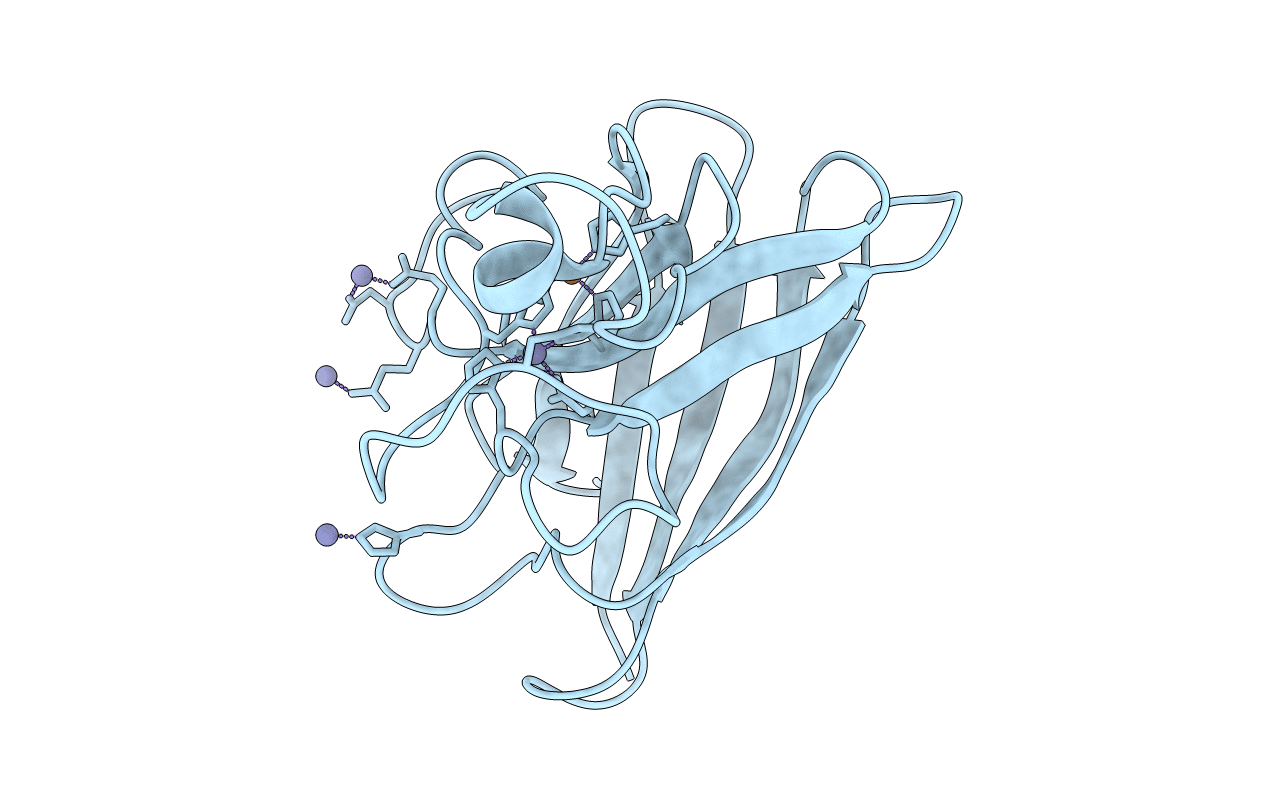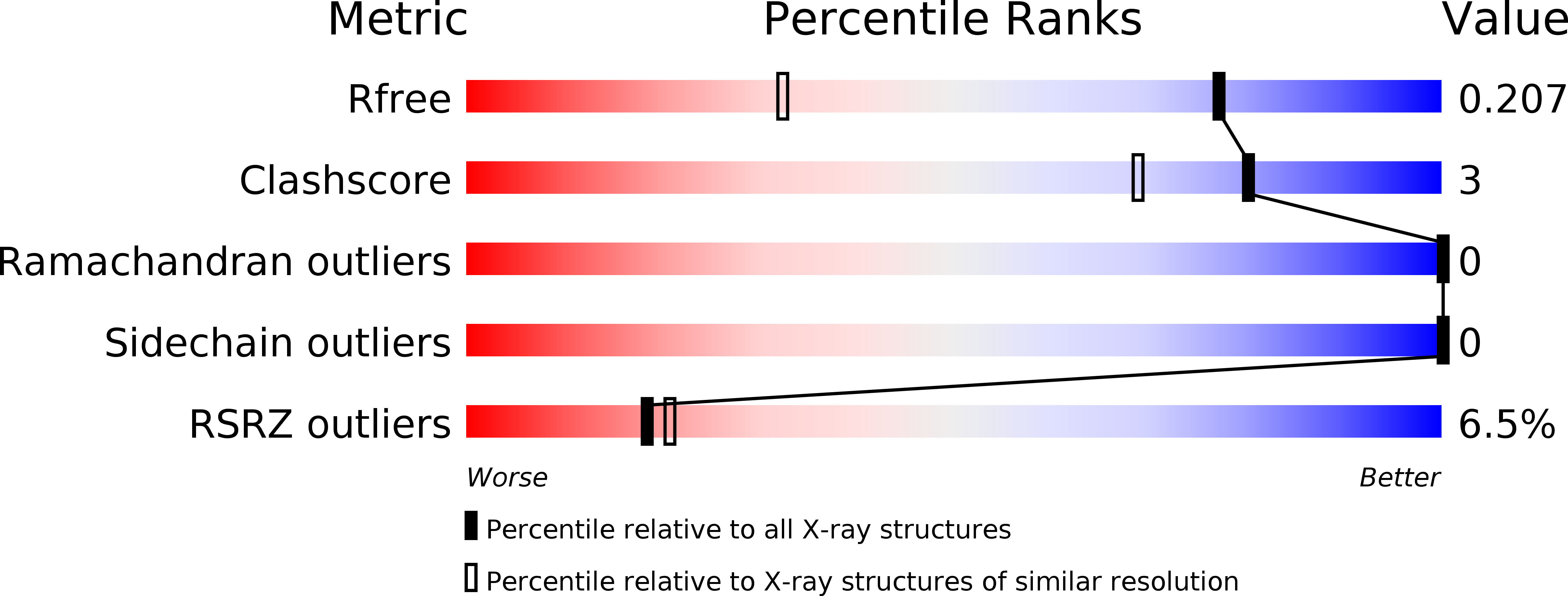
Deposition Date
2010-07-07
Release Date
2010-09-01
Last Version Date
2024-11-06
Method Details:
Experimental Method:
Resolution:
1.45 Å
R-Value Free:
0.19
R-Value Work:
0.16
R-Value Observed:
0.16
Space Group:
P 21 21 21


